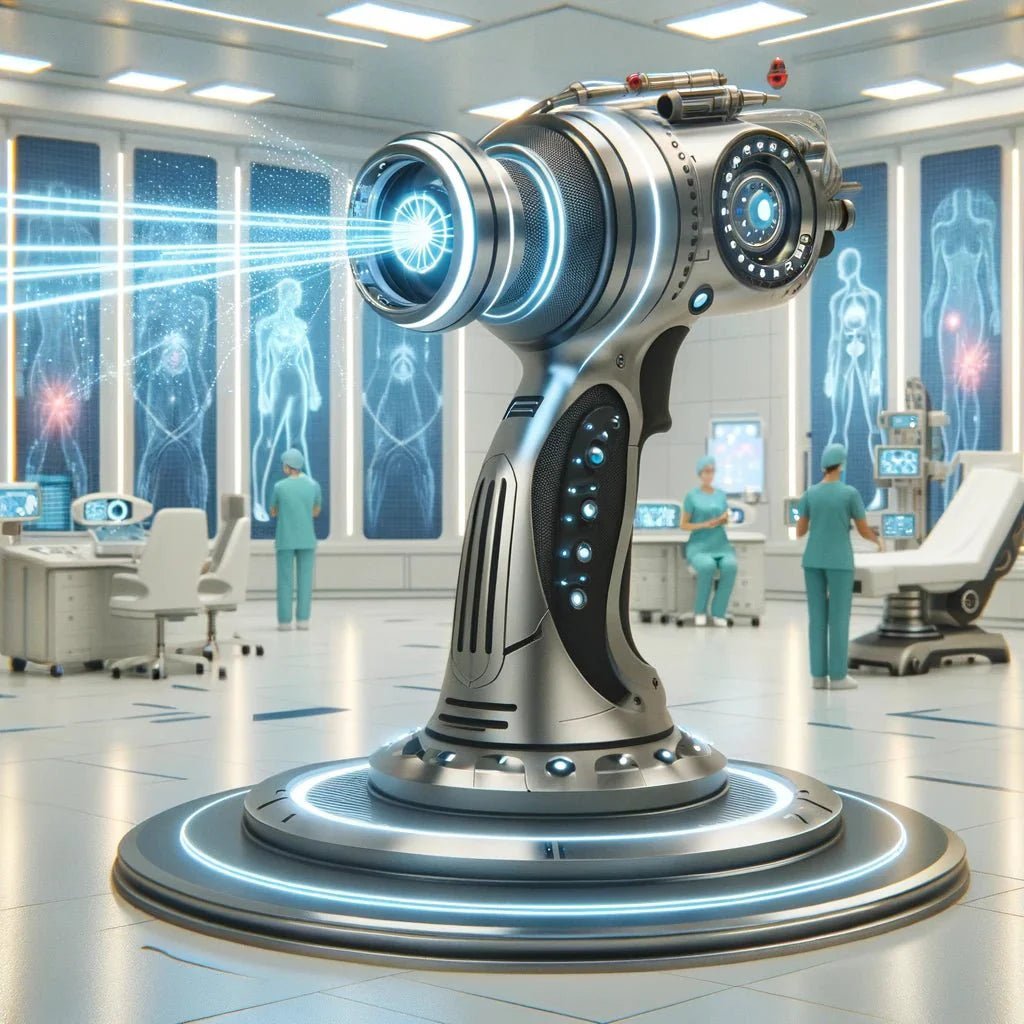
Breast Cancer Star Wars Connection
Breast Cancer Star Wars Connection: A Galactic Fight for Life
In a storyline that seems straight from science fiction, technology from the "Star Wars" missile detection program is now being used to fight breast cancer. Developed at the Massachusetts Institute of Technology (MIT), this innovative approach merges advanced electromagnetic systems with medical science. As a result, it offers new hope to those battling breast cancer.
Learn more about the Massachusetts Institute of Technology (MIT).
From Military Technology to Medical Marvel
Over a decade ago, Dr. Alan J. Fenn at MIT was developing radar anti-jamming technology for the "Star Wars" defense initiative. However, when the Cold War ended, the focus shifted from missile detection to saving lives. Dr. Fenn’s breakthrough came when he asked, "Why can't we use microwave energy from radar technology on cancer cells?" This question led to a new medical approach that could revolutionize cancer treatment.
The Clinical Trials: A New Hope for Breast Cancer Patients
Currently, this treatment, based on technology from the Breast Cancer Star Wars Connection, is being tested in clinical trials. Seven women have already undergone the treatment, where focused microwave radiation targets breast cancer cells. The heat from the radiation destroys the cancer cells while sparing healthy tissue. Moreover, this technology’s precision comes from its ability to target cancer cells, which contain more water than surrounding tissue.
Minimal Invasion, Maximum Impact: A New Way to Treat Breast Cancer
The early trials have been groundbreaking. During the 20-minute microwave thermotherapy sessions, tumors were significantly reduced with minimal side effects. Moreover, the simplicity of the procedure leaves patients with only a Band-Aid as proof of their treatment. This minimizes the emotional and physical toll compared to traditional treatments like mastectomy and radiation.
Expanding the Battlefield: Future of the Technology
This innovation shows potential beyond breast cancer. In fact, it is proving promising for treating other cancers, such as prostate cancer. As the trials progress, the ultimate goal is to eliminate the need for surgery and conventional treatments. This could ultimately change the future of cancer care, offering less invasive and more targeted options for patients.
A Legacy of Innovation: From Missile Detection to Cancer Treatment
From missile detection to life-saving treatment, this technology demonstrates the power of cross-disciplinary innovation. Initially funded by the Department of the Air Force, Dr. Fenn’s work has now transitioned to Celsion Corp. This transition showcases the incredible potential of scientific breakthroughs in improving healthcare worldwide.
A Beacon of Hope
This technology represents more than just a novel treatment. It is a testament to the power of innovation and compassion in the fight against cancer. With its potential to transform breast cancer care, it serves as a beacon of hope for all those affected by cancer.





